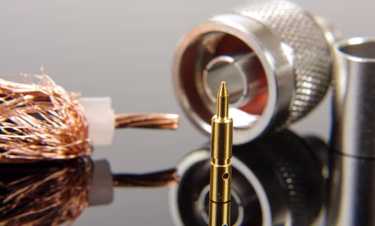Understanding Impedance Matching In Transmission Lines

If you read any guidelines on signaling standards or read datasheets for high speed/high frequency components, you’ll see plenty of talk of impedance matching and termination. The two ideas are similar and are applied to ensure a signal is read by the load component connected to an interconnect. By applying impedance matching, you’re preventing reflections at the source and load ends of the line.
How do you achieve this? Why do designers choose to use the methods they do? Although these topics are not well explained, they are fundamental for understanding how to apply impedance matching in transmission lines. When designing interconnects for broadband or high frequency signals, we need to consider impedance mismatches throughout an interconnect to properly apply impedance matching. Here’s how this works and how you can evaluate impedance matching in simulations.
Get unlimited access to:
Enter your credentials below to log in. Not yet a member of RF Globalnet? Subscribe today.
